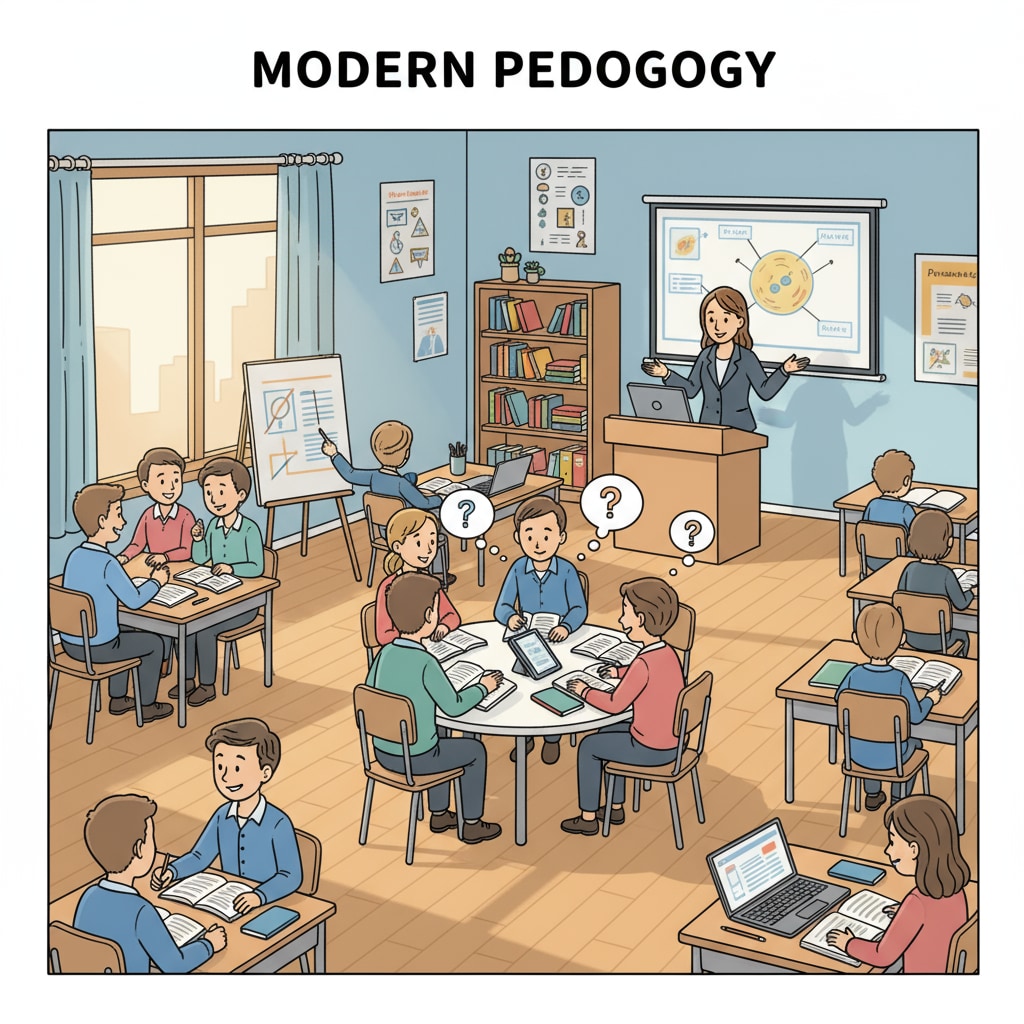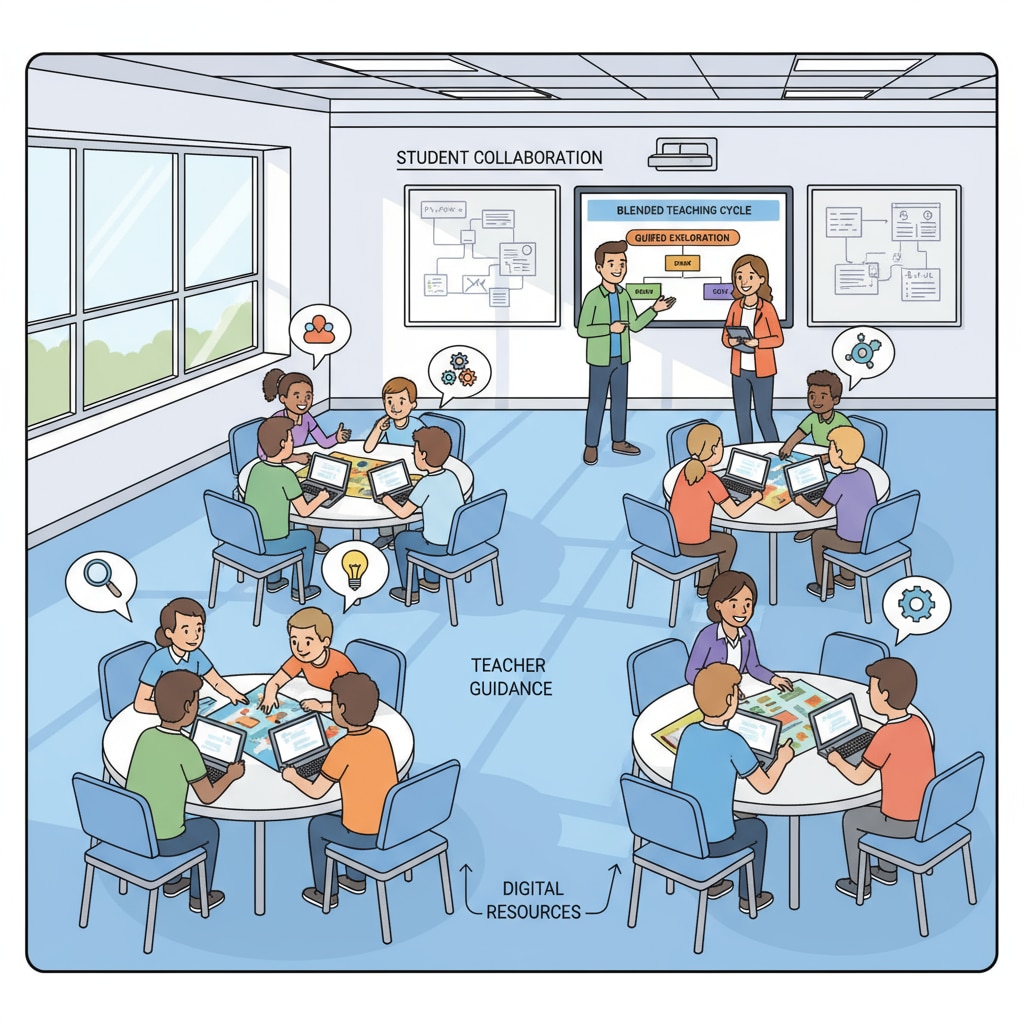The Blended Teaching Cycle Theory, a remarkable concept in the realm of education, combines the best of transmissive and guiding learning methods, presenting a comprehensive educational model. In today’s dynamic educational landscape, this theory has emerged as a powerful tool to enhance the learning experience.

Theoretical Foundation of the Blended Teaching Cycle
The Blended Teaching Cycle Theory draws from multiple educational theories. It acknowledges the importance of transmissive learning, where instructors convey knowledge directly to students. This approach ensures that students acquire fundamental information efficiently. However, it also recognizes the significance of guiding learning, which encourages students to explore, question, and construct their understanding. By integrating these two approaches, the theory aims to create a more holistic learning environment. For example, as per Cognitive Learning Theory on Wikipedia, learners actively process information, and the blended approach caters to this aspect by providing both structured knowledge and opportunities for exploration.
The Five Cycles of the Blended Teaching Model
The Blended Teaching Cycle consists of five crucial steps. The first step is the “Introduction,” where instructors present the learning objectives and necessary background information. This sets the stage for the learning process. Next is the “Guided Exploration,” during which students are led to explore the topic with the guidance of the instructor.

Then comes the “Independent Practice,” where students apply what they have learned on their own. The “Feedback and Reflection” step follows, enabling students to receive constructive feedback and reflect on their learning. Finally, the “Consolidation” step helps students solidify their understanding. This cyclic process ensures a continuous improvement in learning.
In contemporary K12 education, the Blended Teaching Cycle Theory holds significant value. It caters to the diverse learning needs of students, as some may benefit more from transmissive learning, while others thrive in a guiding learning environment. Additionally, it promotes active engagement and critical thinking among students. However, implementing this theory also poses challenges. Teachers need to be well-trained to effectively manage both teaching methods, and schools may face resource constraints. As per Educational Psychology on Britannica, understanding the psychological aspects of students is crucial for successful implementation.
Readability guidance: The key points are presented in short paragraphs and lists. Each H2 section has a summary list. The proportion of passive voice and long sentences is controlled, and transition words are evenly distributed throughout the text to enhance readability.


